In the very top, western corner of Pennsylvania, along the shore of Lake Erie and less than 10 miles from New York, sits Courtyard Winery. Owners Randy and Laura Graham have traveled through some of the most celebrated wine regions in the country and they’d rank their spot right up there.
We spoke with Randy Graham, who opened the doors to Courtyard Winery with his wife, Laura, in 2010, after 20 years of grape farming, which they continue to this day. He shared some of the unique qualities of their location in North East, PA, along the Erie lakeshore. He considers the topography, climate and local industry to be invaluable features that make grapes and wines from the region exceptional.
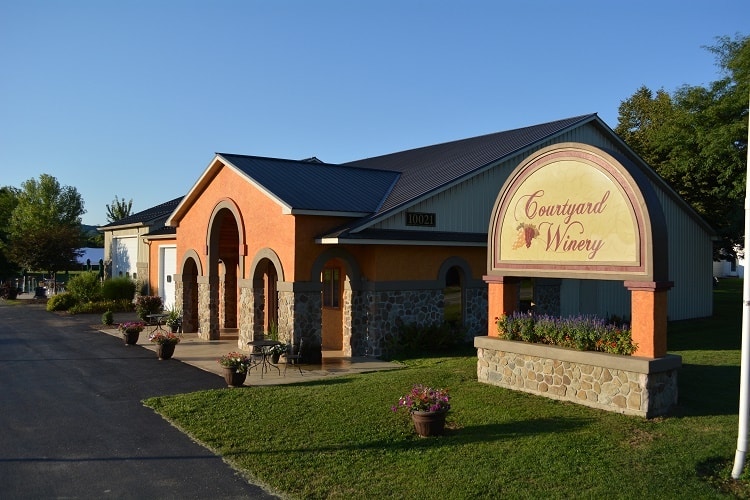
The Grahams have carved a name for themselves in the wine industry, earning over 100 medals in wine competitions for each of their wine styles, which spans from dry reds and whites to fruit-forward sweet wines. They tap into Erie’s unique features to propel their winery’s success and share its many fruits with loyal locals and passers-through alike.
Randy Graham spoke with us about his family’s history of farming, their move into winemaking, and what makes Courtyard’s home in Erie so very special.
PA Eats: Can you tell us about the history of the land and of farming in your family?
Randy Graham: My grandparents and great-grandparents were fruit and grape farmers in the Erie area. My parents married in the town and then moved to Florida, where I was born. I spent my summers back here on my grandfather’s farm and have a lot of great memories from those times.
My training is as an electrical engineer and most of that career was in Silicon Valley, California. That’s where I learned to appreciate really good wine! I was in the Bay Area of San Francisco, so not far from lots of wineries up towards Napa and Sonoma.
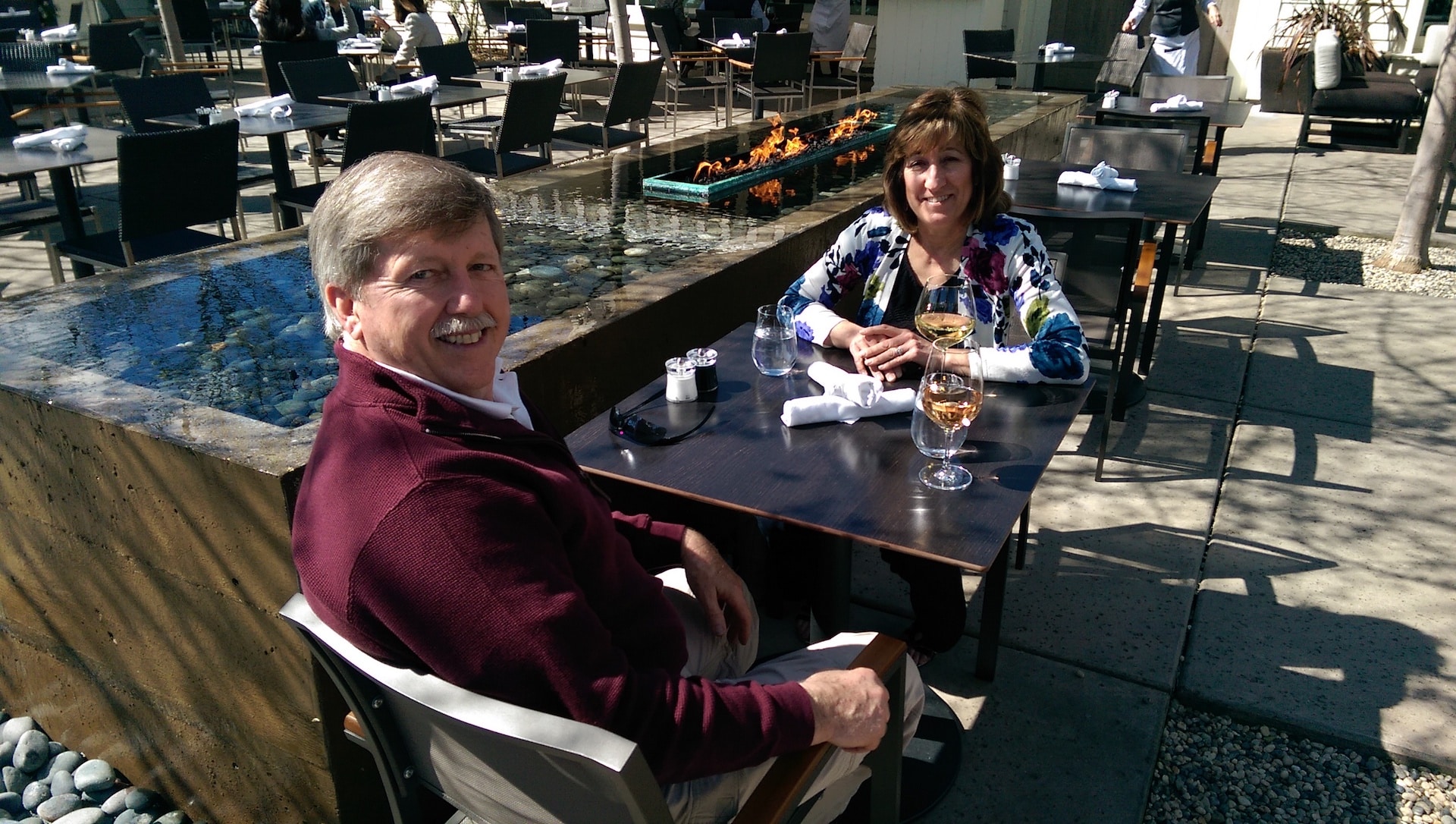
Randy and Laura Graham in California
My wife, Laura, and I got married in California 30 years ago and then we moved to Pennsylvania looking for a quality of life to raise a family. We found PA attractive for that.
What led you to choose the land that you purchased?
My grandparents’ farm was gone by the time we moved back to Pennsylvania, but it was not far from where we are now.
The first land we bought belonged to some cousins. Since then, we’ve expanded to other available property. In 1991, we made our biggest purchase of the farm, barn and house where we are now. That’s when we expanded to full-time farming.
Can you tell us about grape-growing in Erie? What makes the land, farming and grapes unique?
Just north of the winery is a 5,000-acre continuous block of grapes. It’s the largest one east of the Rocky Mountains. In Erie County, there’s about 10,000 acres of grapes. Along the lakeshore between Erie and Buffalo are about 35,000 acres of grapes.
The area became a predominantly juice grape growing area, mostly Concord grapes. Over the years, there’s been significant expansion into wine grapes. More than 35 varieties are grown along the south shore of Lake Erie now.
One thing that makes it a unique place to grow grapes is that, a couple of miles south of Lake Erie’s south shore, a ridge rises about 400 feet above the level of the lake. What that ridge, or escarpment, does is trap the lake effect in a narrow band along the shore of Lake Erie. That enormous body of water, about 245 miles across and 60 miles north to south, has a major impact on weather, which is captured along the lakeshore by the escarpment. That lake effect moderates the climate. So, we don’t get extreme highs and lows, which is great, especially when it comes to spring frost.
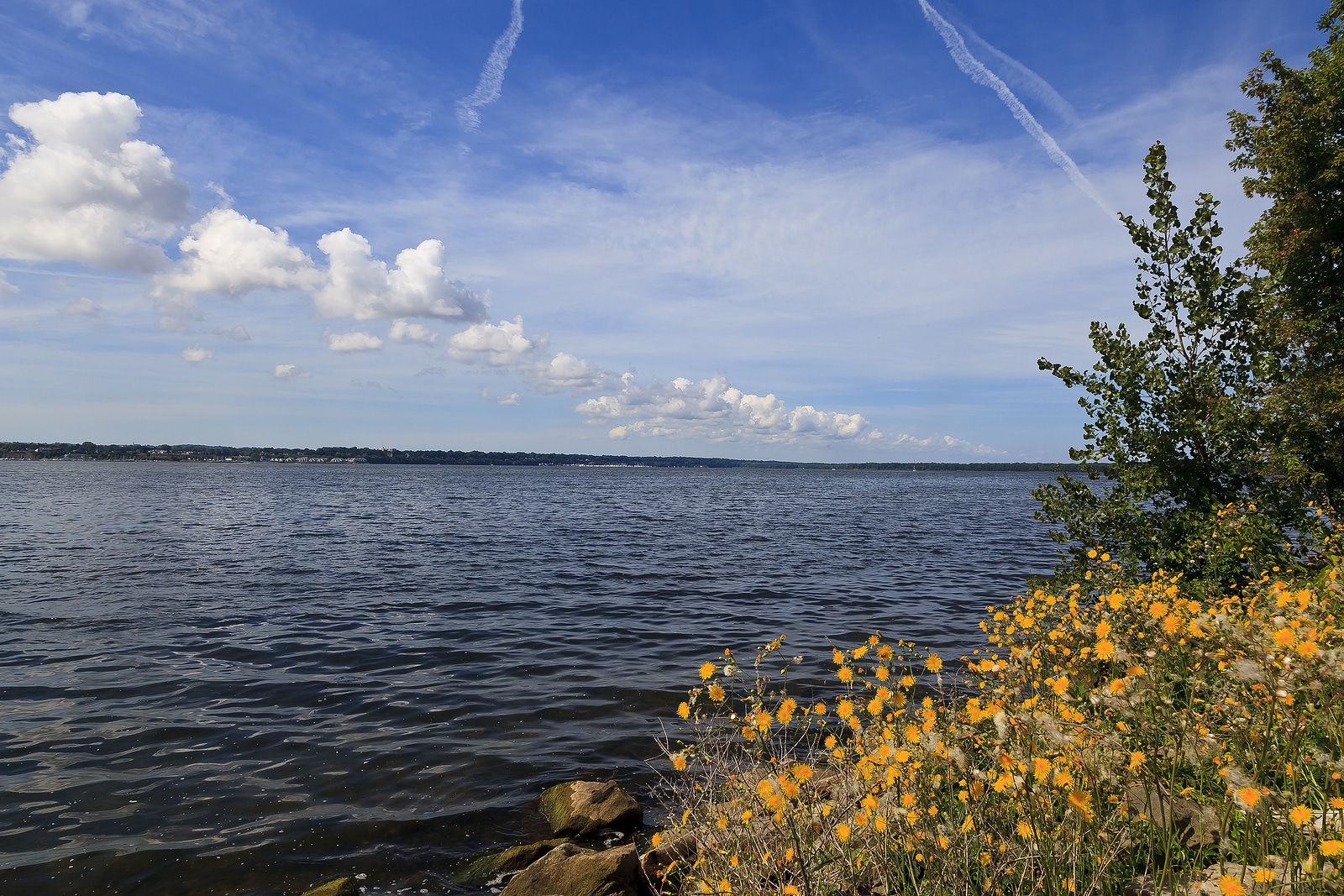
The top of the escarpment is also a continental divide. Rain that falls near the lakeshore goes out through the lakes to the seaways. Rain that falls just a couple of miles south goes down the Mississippi River to the Gulf of Mexico.
So, the area has very significant topography that dominates the agricultural scene and the ability to grow grapes.
There’s another unique aspect. The area started as a juice grape region. About 80% of grapes grown here are Concord and about 80% of those go to Welch’s. Their largest receiving plant is in the town of North East. Yearly, it receives an average of about 90,000 tons of grapes. It’s such a huge agricultural enterprise and event here, so it’s a tremendous advantage to have a winery in Welch’s backyard.
The advantage is all about industry infrastructure – everything around here is involved in growing grapes. Plus, Cornell University and Penn State University have agricultural labs studying grapes.
So, the materials, the supplies and even the labor are available here in large volume and at the lowest possible cost because of Welch’s. With those tremendous advantages, from the terroir to industry infrastructure, it’s a great place to grow grapes.
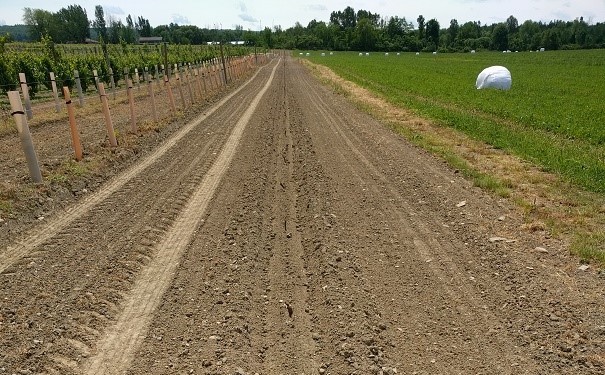
Another interesting part of the Lake Erie shoreline is that it’s a pretty big tourist destination point. We have found that, to our surprise, about half of those coming through our doors are from Allegheny County and the Pittsburgh area. So that’s a tremendous opportunity with a lot of out of town guests coming to the lakeshore. Presque Isle State Park is nearby, as well as lots of golf. There are also freshwater fisheries. There are a lot of reasons for people to come and visit, which helps us define the area as a wine country destination.
In 2007, you decided to add a winery to the grape farming business. What went into that?
We started out in the 1990s growing grapes for Welch’s, but we made the switch because of the significant interest we have in wine, ourselves.
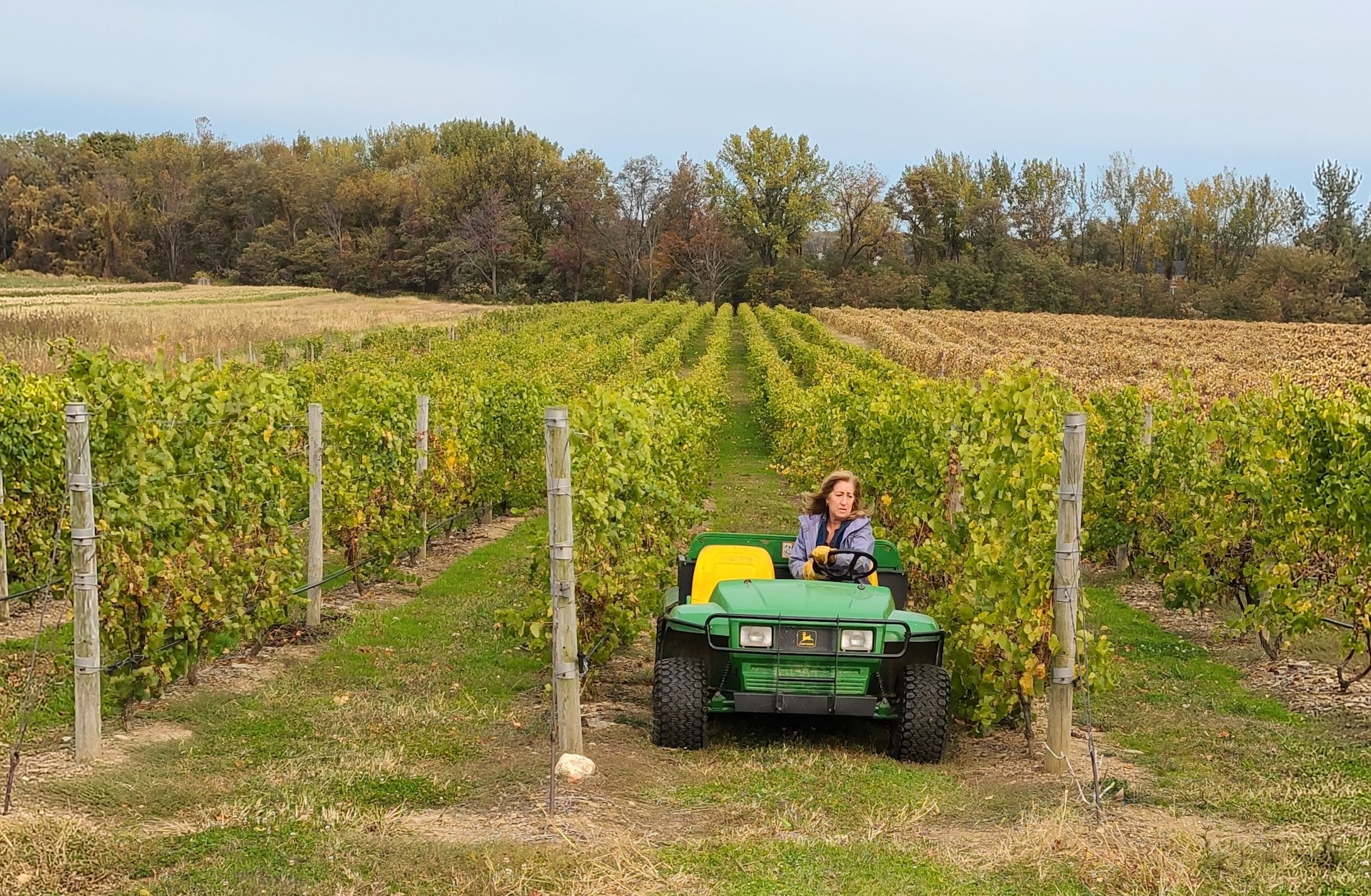
Laura Graham checking on the Riesling vineyard
I started working with some winemakers, initially, and then I was buying grapes from different growers in the area. We also had the experience to travel to numerous grape producing areas in the Finger Lakes, Niagara-on-the-Lake in Canada and the Yakima Valley, Washington. I traveled to all those areas and, every time I came back home, it became very evident that this was a great place to start a winery.
I took winemaking classes at the University of California, Davis. And, I don’t think engineering is a bad background for this industry. It involves attending to detail, good record-keeping and process control, so that adds to quality winemaking as well.
How did you make the big shift from simply growing grapes to being commercial winemakers?
It was a significant change for sure. I started out by applying for a USDA Value-Added Producer Grant. The value-add is making wine with the agricultural product of grapes. From that grant, we developed a significant business plan for starting a winery. That took us through about 2007.
In 2008, we got a winery license. We started making wine commercially in our farm shop building, borrowing some equipment and so forth.
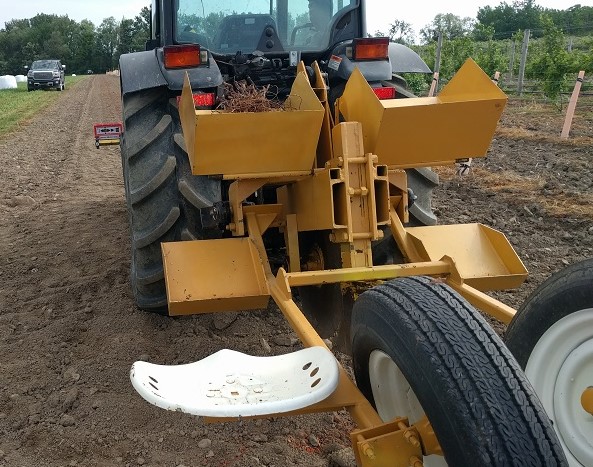
A laser planter used to create precise rows
In 2009, we purchased the building where we are now, which was formerly an office supply store. The key advantage is that it’s on a four-lane main road going through grape country. But it was a significant undertaking to renovate an office supply store with drop tile ceilings to an aesthetically pleasing winery. It was quite a process.
Then, we opened our doors in July of 2010.
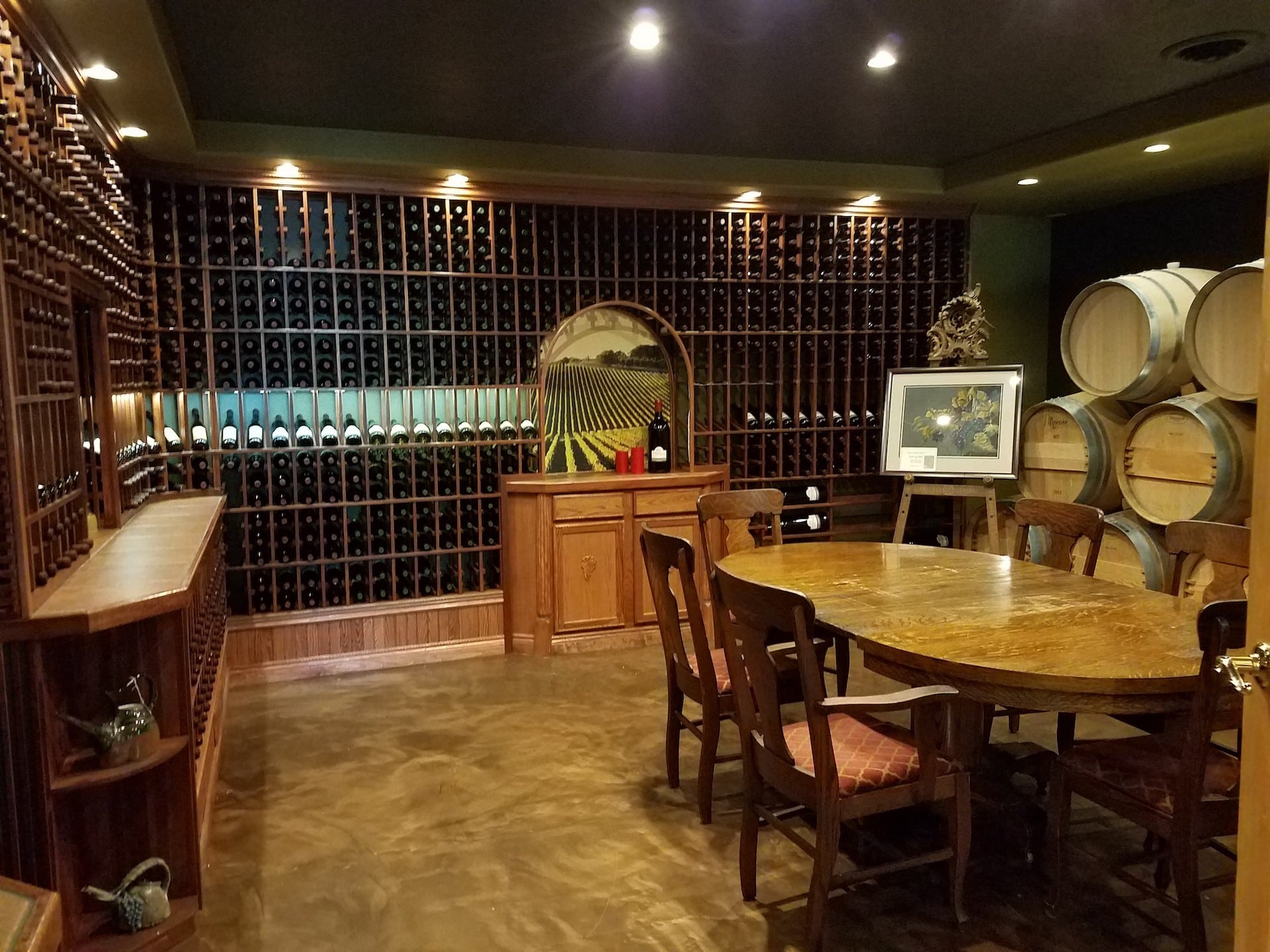
The barrel room at Courtyard Winery
What kind of experience do you want visitors to your winery to have, and what do you want them to get out of it?
One of our big challenges was that, because our area has a long history of juice grape production, some people come in with the expectation that we only have sweet wines. That’s a challenge. We offer seven dry reds and several dry whites.
We started in 2010, and 75% of our sales then were sweet wines. That has changed over time as we’re addressing that perception about our area and have been winning awards. Now, our sales are much closer to 50/50 between dry and sweet wines.
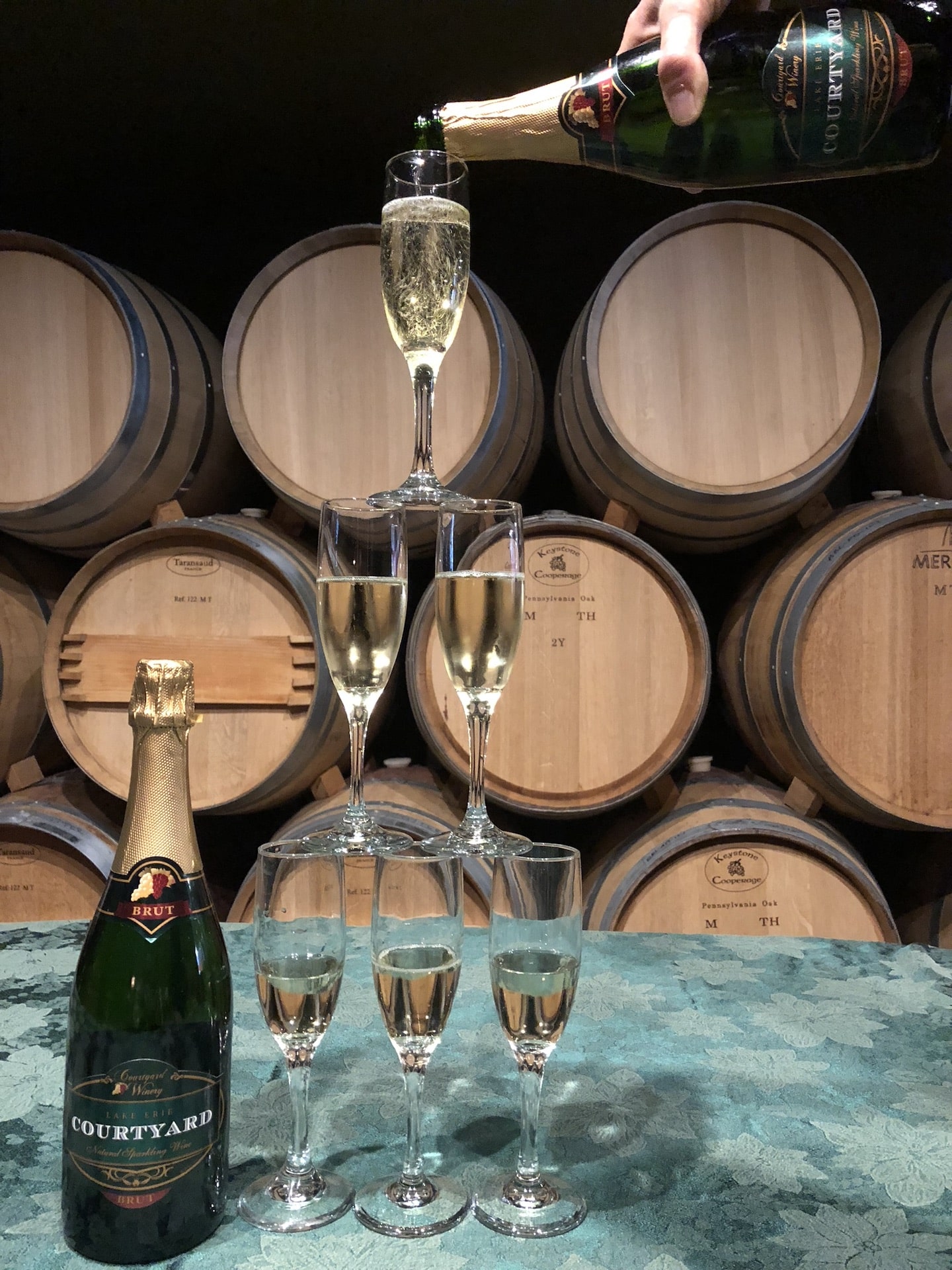
It’s a wonderful experience to have people coming in, not expecting to find good, dry wines and then being totally impressed with our area and our wines. That is very satisfying.
Can you tell us about the winery’s special offerings?
We have a wine-tasting menu and, with the help of my wife, we have developed an experience menu. We do a wine/food pairing, a wine/chocolate pairing and a wine/specialty popcorn pairing. We offer a wine tour, which follows a grapes tour. Guests get to go through the winery and then end up in the barrel room.
We had lots of visitors for the eclipse. We teamed up with a B&B and did a weekend event with nine couples over two nights. It included a trip to the winery, a winemaker’s tour plus a catered dinner in the winery. We went to a high spot in the vineyard where you can see the lake. The clouds cleared out right before the eclipse for a perfect viewing.
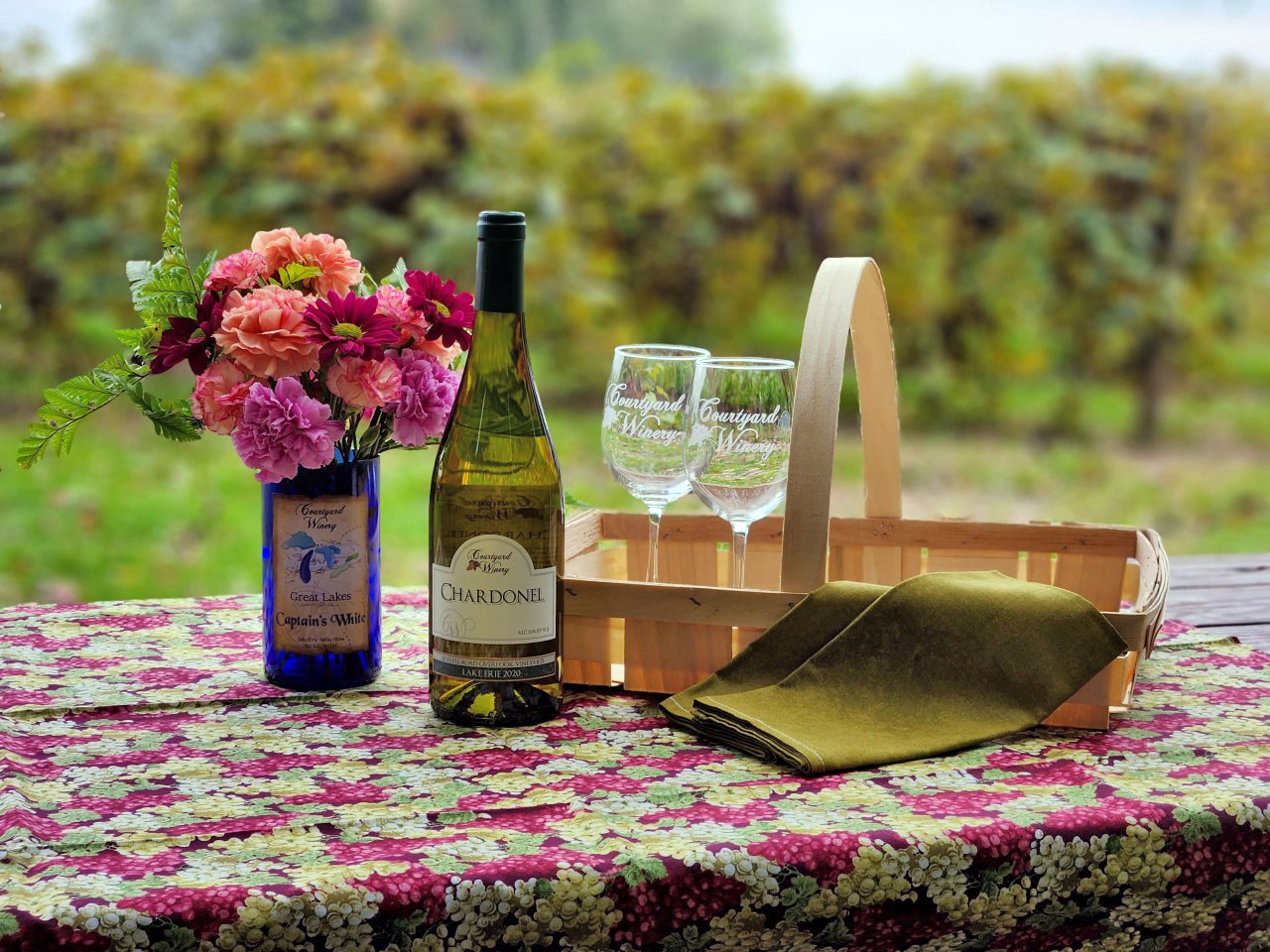
Picnic in the Vineyard is held behind the vineyard in a picturesque shady spot near creek with picnic tables. This is for small groups and couples. They arrive at the winery, sample some wines and get to choose a wine to take on the picnic, then we lead them to the picnic spot and they enjoy their lunch. We work with a local catering restaurant to provide a menu for customers. The tour includes a wicker basket with their lunch that they can take with them, their bottle of wine and they’re welcome to stay a few hours and enjoy the peaceful atmosphere. It has become very popular and it’s an excellent Christmas gift.
You’ve won awards across the palate, from dry whites to sweets to barrel-aged dry reds. What’s your secret to making great wines in a variety of styles?
It’s knowing the grapes from the ground up. We produce grapes on our home farm, South Shore Farms, which is the other part of our business. We take advantage of the scale of Welch’s. We produce about 1,000 tons of grapes for Welch’s and about 100 tons for our winery, and the same advantage applies. All the right equipment and help is already right there to produce excellent grapes.
Because we’re involved in the grape industry, I know growers, I know their vineyards and I work with them. As we approach harvest dates, I walk the vineyards, look at the grapes, and we develop a partnership that allows me to provide some direction on growing decisions and harvest decisions. I have an impact on harvest dates to maximize fruit for the wine style we’re trying to make.
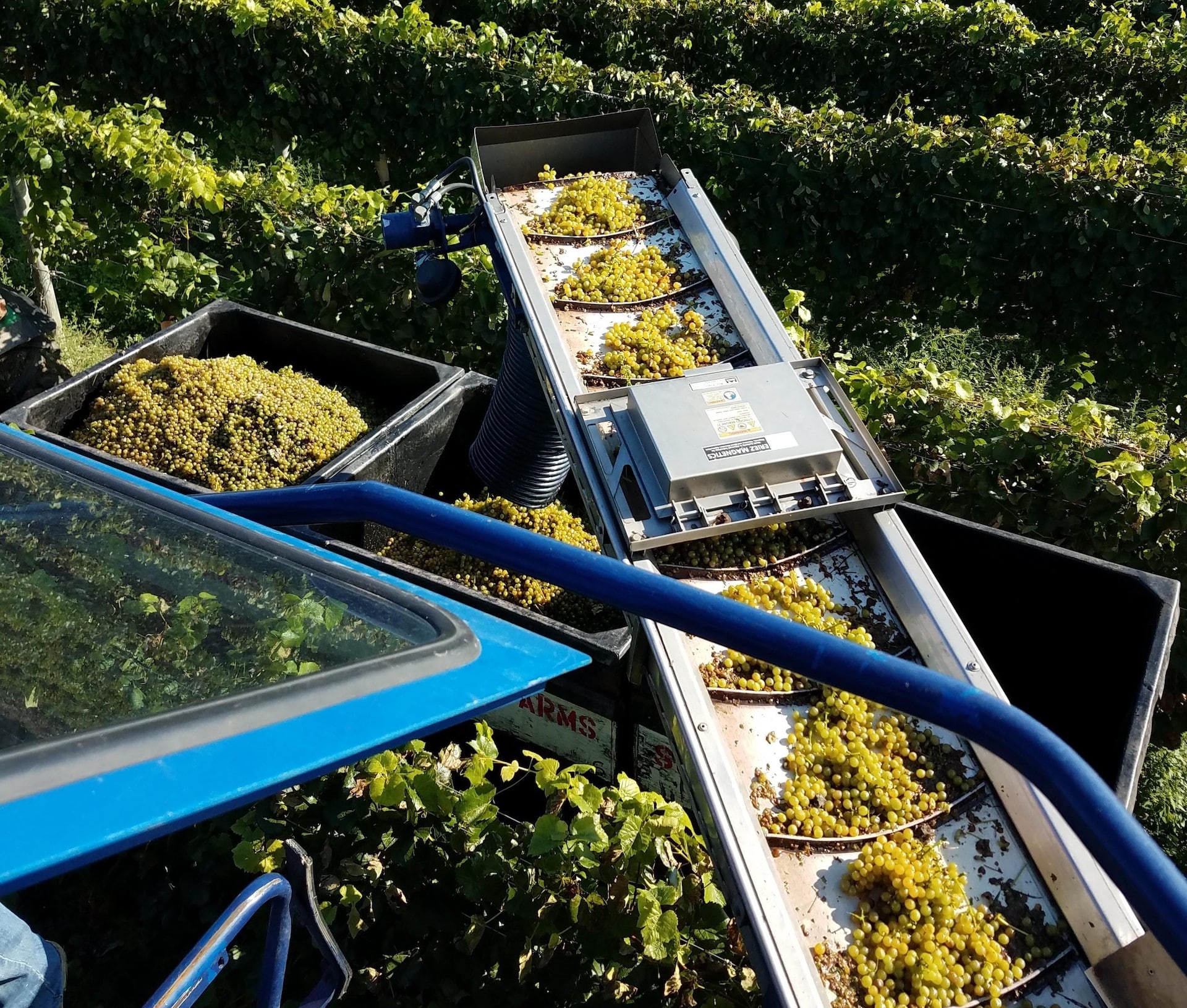
Any big upcoming changes or offerings?
All the grapes we use are grown within five miles of the winery in our micro climate. We look to Europe in areas like northern France, northern Italy, Austria and Germany and a band there where the climate is somewhat similar to Lake Erie. We look for potential varieties to do well.
One is an Italian variety – Teroldego – that originated in northern Italy. Those grapes were planted here around 2016 and our first crop was in 2018. That’s a variety we found we can be very successful with. It’s a very good barrel-aged dry red.
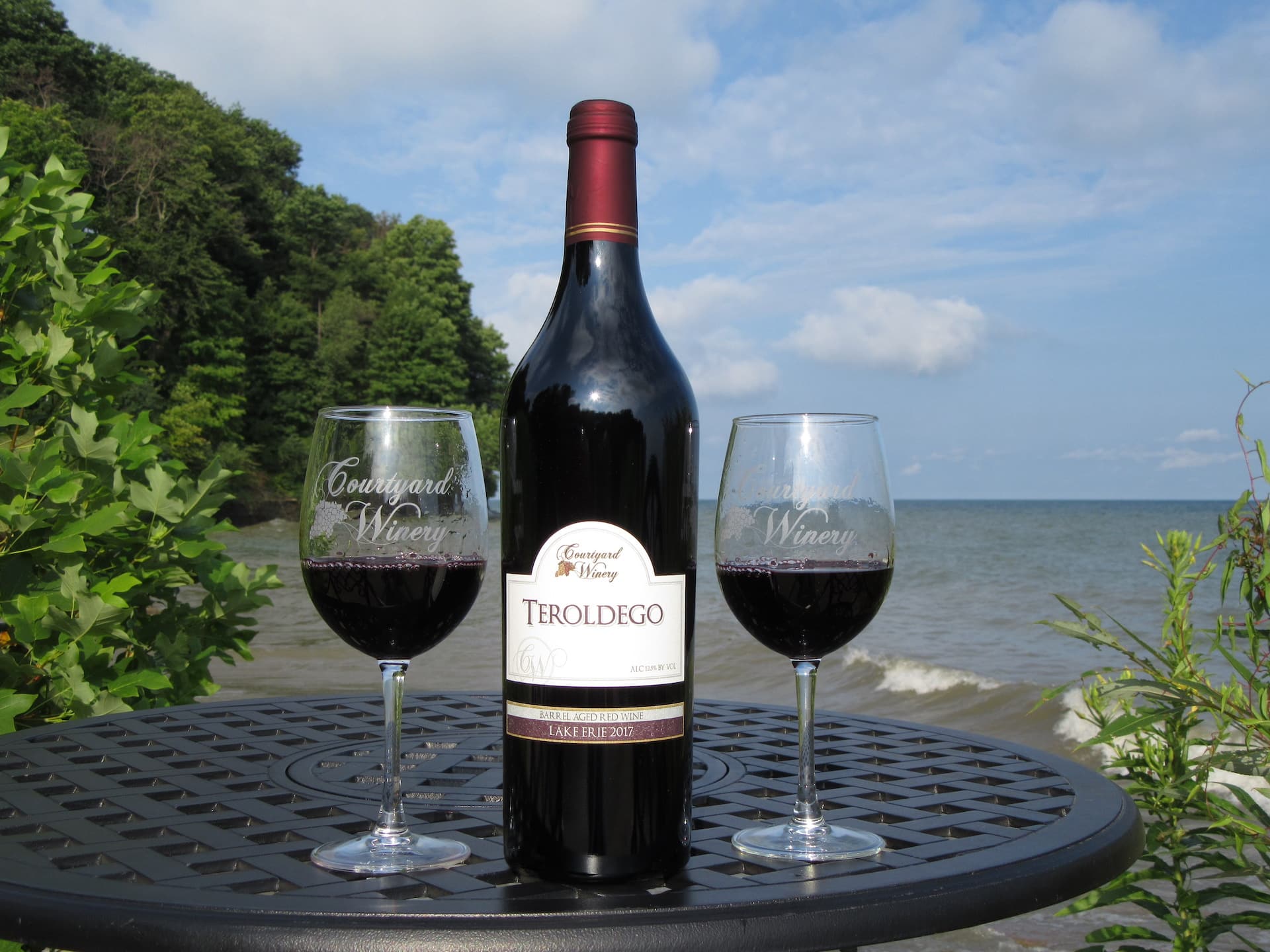
Our latest release is a grape variety that originated in the Republic of Georgia called Saperavi. The Republic of Georgia is actually pretty well-known for wines with a lot of climate similarities to us. So, we tried that variety here. The grape is unique. Most red grapes’ color comes from the skin, while the flesh of the berry is white. Saperavi is in a small group of varieties, which the French call teinturier, a classification of grapes where the flesh inside the red berries is also red, in addition to the red skins.
The Saperavi is a powerful, very bold red wine. Tempering those dominant flavors requires longer aging in french oak barrels, then in a neutral barrel for another year. The result is fantastic. We had a release party a month ago, introduced it to a small group of customers and the response was tremendous.
To try Courtyard Winery’s amazing wines for yourself, check out its various tasting rooms. You can visit the winery, itself and try out one of its special tours. See for yourself what makes this part of Pennsylvania so special!
Find Courtyard Winery at 10021 West Main St. Rd. in North East, PA; phone: (814) 725-0236.
The PA Vines & Wines series was created in collaboration with the Pennsylvania Wine Association with Round 8, Act 39 grant funding from the Pennsylvania Liquor Control Board (PLCB).
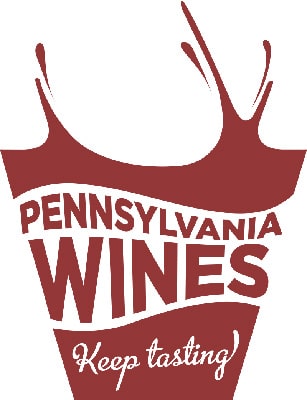
The Pennsylvania Winery Association (PWA) is a trade association that markets and advocates for the limited licensed wineries in Pennsylvania.
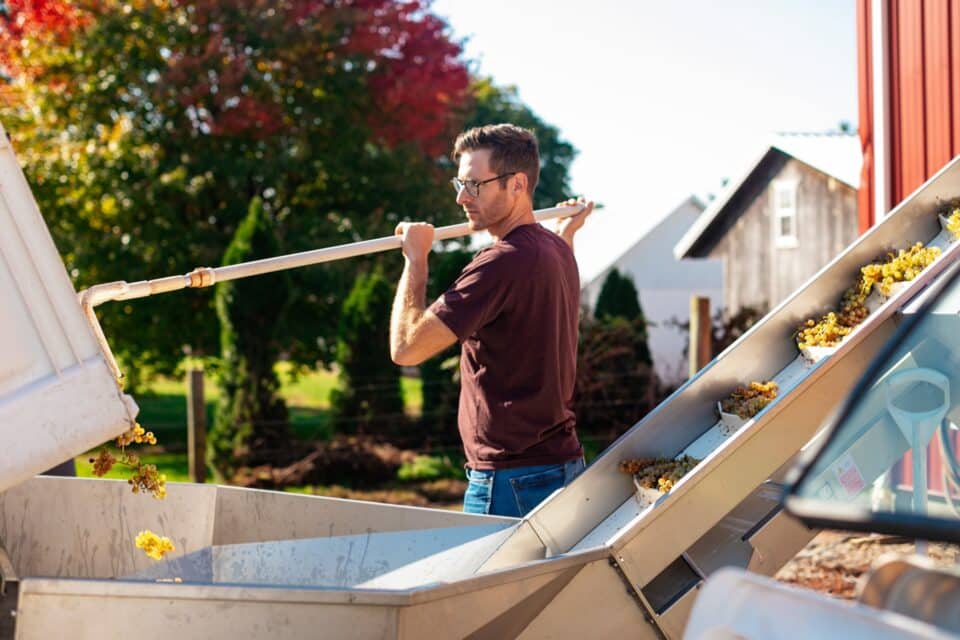
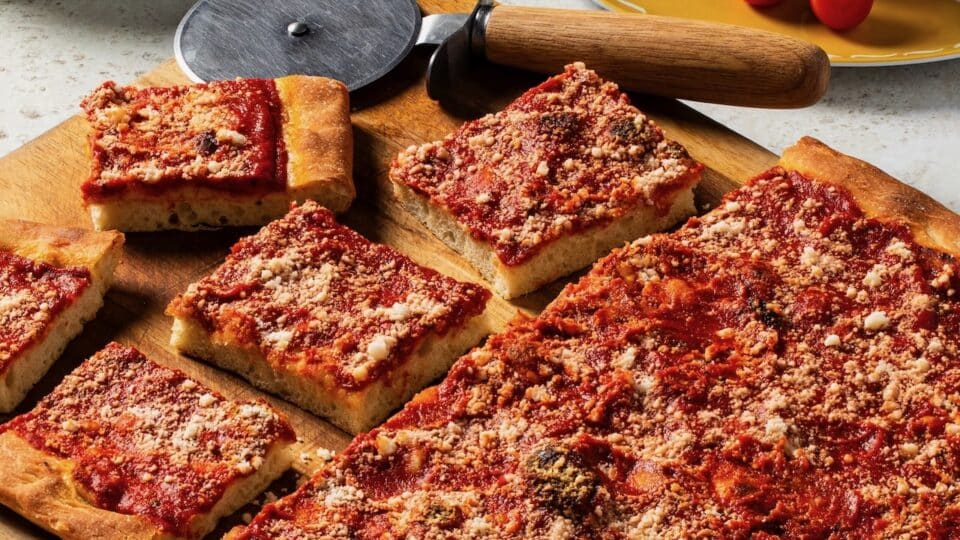
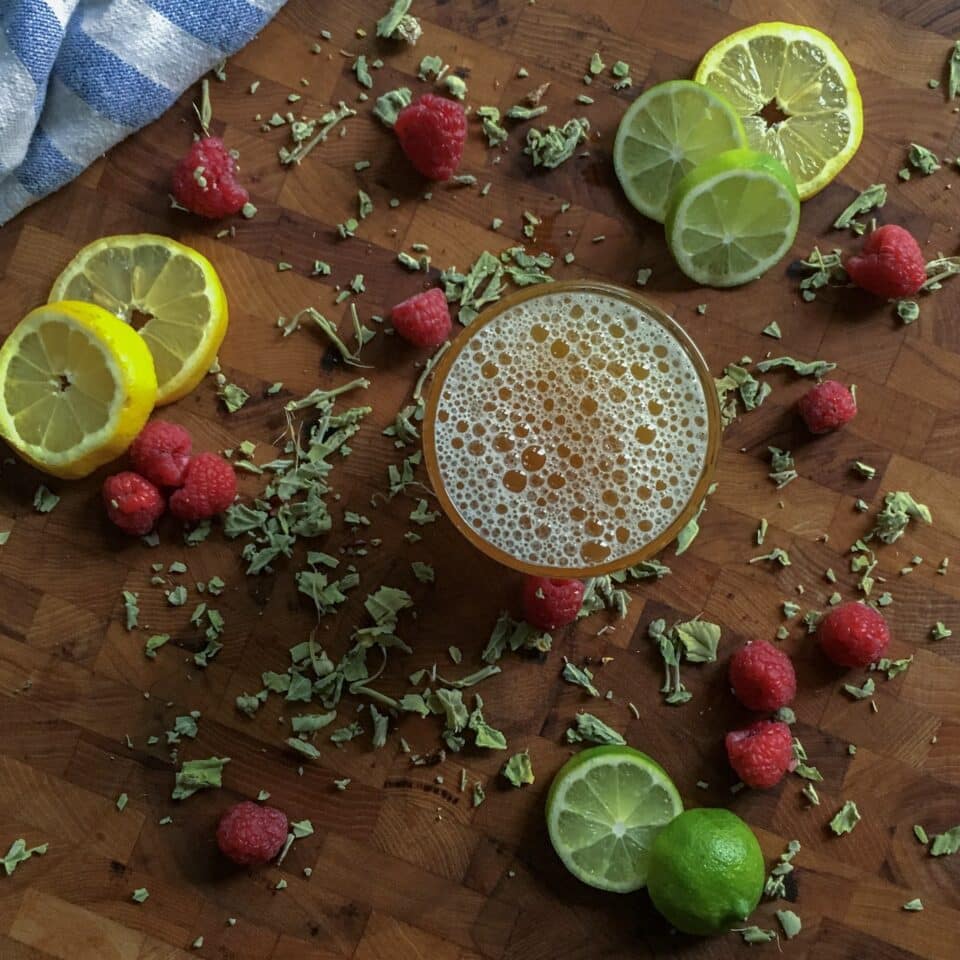
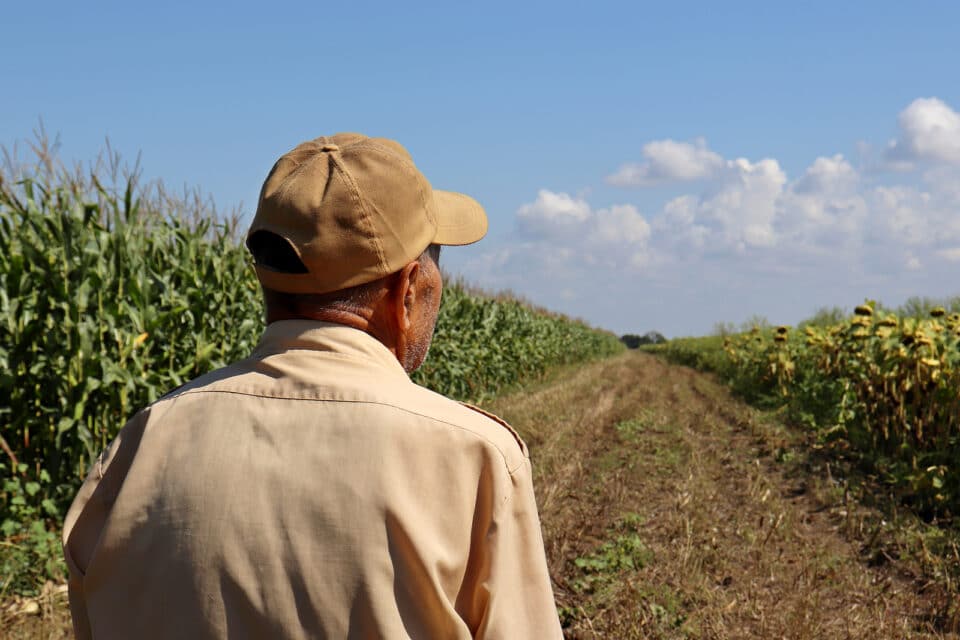

One Comment